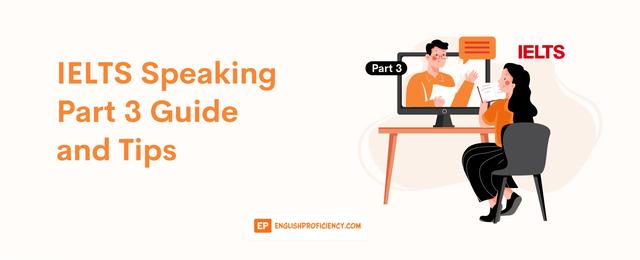Sponsor Content
IELTS
Font Style
Font Size
Whether you are migrating to Canada or moving to this exciting country to study, having confidence in your English language is important.

Think about it, conversations help us stay connected, make new friends, and engage within our local communities. Having command over a language means you can effectively communicate your fears, needs and goals, and in doing so, gain the support you need to move forward and succeed.
The best way to test your language skills is by having a conversation with another person. That is why IELTS Speaking test uses human examiners to make the test as close to a real-life situation as possible.
Read on as we dismantle some myths about Artificial Intelligence (AI) and face-to-face Speaking tests, review the IELTS format and provide tips on how best to prepare for your Speaking test.
Human marked vs AI marked
As the world embraces technology, there is a common misconception that AI is unbiased. Increasingly, evidence is proving this is not the case.As a global community, we are learning more about bias in AI, we have an opportunity to critically examine whether a computer can truly replicate the nuances, empathy and real-world experience that comes with speaking to a person.
While we are proud of our technology focus, at IELTS we use human examiners because they are better placed to understand you and provide a fair and accurate assessment of your speaking ability.
How will this impact your Speaking test?
If you have looked around at some of the AI based Speaking tests, you will no doubt have heard stories of people shouting into the microphone or trying all sorts of hacks to trick the computer into understanding accents.
AI machines are trained through computer learning. This means it learns from the data it is fed. If majority of the Speaking data contains mostly samples from European test takers, the AI machine will find it harder to recognise accents from India, Middle East or potentially native English speakers. Due to this, the machine may not recognise your accent and mark you down.
Comparing this to IELTS human examiners who can understand a range of accents, you can see that a computer cannot replicate a human conversation with things such as:
Book your IELTS test now
Speaking test format
It’s important to understand the format of each section before taking IELTS. To allow you to be free from distraction, the Speaking test is taken in a private, COVID-19 safe room with you and an expert human examiner. Every test is recorded and goes for 11 – 14 minutes. The test consists of three parts:
Part 1: Introduction and Interview (4-5 minutes)
The examiner introduces him/herself and will ask you to introduce yourself. The examiner will ask you general questions about yourself such as home life, family, work and personal interests.
Part 2: Individual long turn (3-4 minutes)
You will be given a card which asks you to talk about a particular topic. The examiner will give you points you can cover in your response. You are given a minute to prepare and can make notes with a pencil and paper. You talk for two minutes on the topic and then the examiner will ask you one or two questions on the same topic.
Part 3: Two-way discussion (4-5 minutes)
The examiner will ask you further questions on the same topic discussed in part 2. This gives you an opportunity to show your language skills and discuss more general issues and ideas.
Tips to succeed
Don’t worry about your accent
With face-to-face speaking you don’t need to worry about your accent. Our friendly examiners recognise a range of accents and will be able to understand you.
Take time to think
You don’t need to rush, take a moment to pause and gather your thoughts before you answer. You can use phrases to give you extra time to think during the Speaking test such as:
Avoid using fillers
Have confidence in what you are saying. We often use filler words when we are nervous or don’t know what to say. This shows the examiner you can’t access the appropriate language or ideas so it’s important to avoid fillers such as: Like, Umm, Ahh…Instead uses phrases similar to the above.
Don’t use big, unfamiliar words
You may want to impress the examiner with big complex words. However, if you are not familiar with them there is a higher chance you could make a mistake by mispronouncing words or using them in the wrong context. Use vocabulary that you know and is relevant to the topic being discussed.
Practice common IELTS topics
Part 2 of the Speaking test requires you to speak on a given topic for 2 minutes. The best way to prepare is to practice common topics with family and friends. Common topics are, entertainment, family life, sport and recreation, education advertising and retail, tourism etc.
Speaking practice materials
Practice makes perfect. The best way to go into your Speaking test with confidence is to practice:
Prepare for IELTS
Tags:









